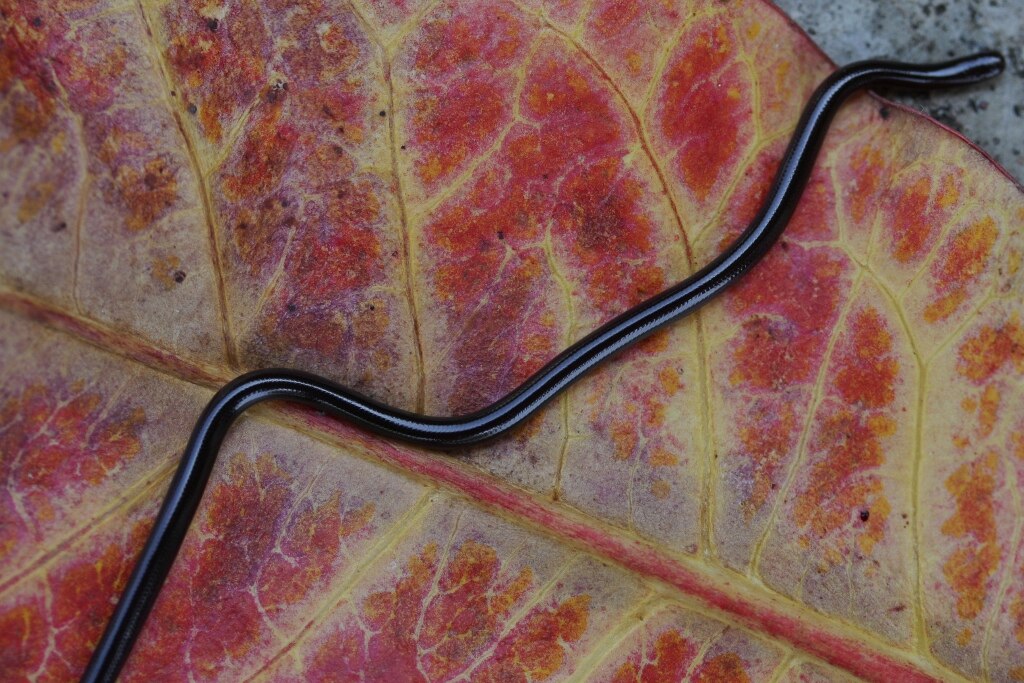Snakes, like many other pets, face health challenges when kept in captivity. One of the most prevalent yet often overlooked issues is obesity. While wild snakes naturally regulate their food intake based on availability and energy expenditure, captive snakes rely entirely on their keepers for appropriate nutrition and housing. Unfortunately, well-meaning owners frequently inadvertently contribute to their snake’s weight problems through various husbandry practices. Understanding these common causes of snake obesity is crucial for providing optimal care and ensuring these fascinating reptiles maintain healthy body conditions throughout their lives.
Overfeeding: The Primary Culprit

The most straightforward cause of obesity in captive snakes is simply feeding them too much or too frequently. Many snake owners, particularly beginners, operate under the misconception that more food equals a healthier snake. In reality, wild snakes often go weeks or even months between successful hunts, and their bodies have evolved to thrive with intermittent feeding schedules. Adult ball pythons, for instance, typically need only one appropriately-sized rodent every 10-14 days, while some owners mistakenly feed them weekly or even more frequently. This constant surplus of calories without corresponding energy expenditure inevitably leads to fat accumulation and obesity over time, just as it would in mammals including humans.
Prey Size Miscalculations

Selecting inappropriately large prey items represents another significant contributor to snake obesity. The general rule for most snake species suggests feeding prey that creates a slight bulge in the snake’s midsection—typically around 1-1.5 times the diameter of the snake’s body at its widest point. However, many owners consistently offer prey that is too large, believing they’re providing a more substantial meal. This practice delivers excessive calories in a single feeding, placing undue strain on the snake’s digestive system. Additionally, some owners compound this problem by not adjusting prey size as snakes reach adulthood, continuing to increase prey size when the snake’s growth has plateaued and its caloric needs have stabilized or decreased.
Insufficient Environmental Enrichment
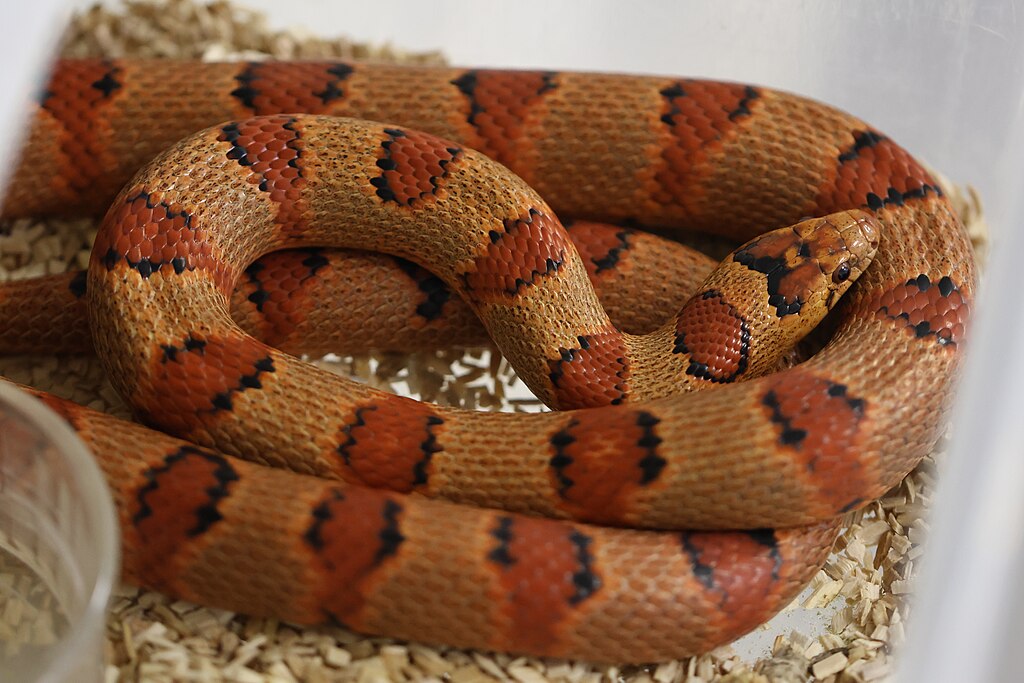
Wild snakes expend considerable energy navigating their environments, hunting prey, avoiding predators, and seeking appropriate microhabitats for thermoregulation. In contrast, many captive snakes live in relatively sparse enclosures that offer minimal opportunity for physical activity or environmental engagement. This lack of enrichment and exercise opportunity contributes significantly to obesity in captive specimens. Without branches to climb, tunnels to explore, or varied terrain to navigate, captive snakes burn fewer calories while consuming the same amount of food they would need for an active lifestyle. The resulting energy imbalance inevitably manifests as excessive weight gain, particularly in species that would naturally maintain high activity levels in the wild.
Inadequate Enclosure Dimensions
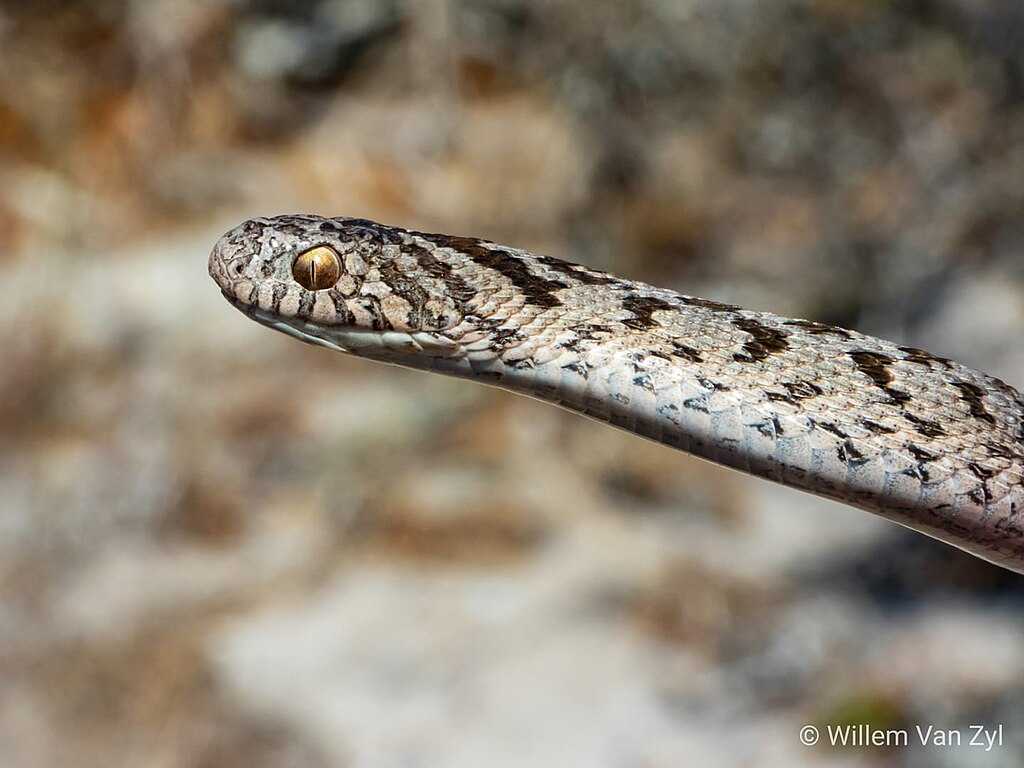
Insufficient enclosure size directly limits a snake’s ability to exercise and can contribute significantly to obesity over time. Many commercially available snake habitats provide only the bare minimum space requirements, and some owners keep their snakes in even more restrictive containers to save space or money. A snake that cannot fully stretch out or perform natural behaviors like climbing or burrowing will inevitably burn fewer calories than its wild counterparts. For example, arboreal species like green tree pythons require tall enclosures with ample climbing opportunities, while terrestrial species need sufficient horizontal space to explore and exercise. Without adequate room to move, even properly fed snakes may eventually develop weight problems simply due to forced sedentary behavior.
Improper Temperature Gradients
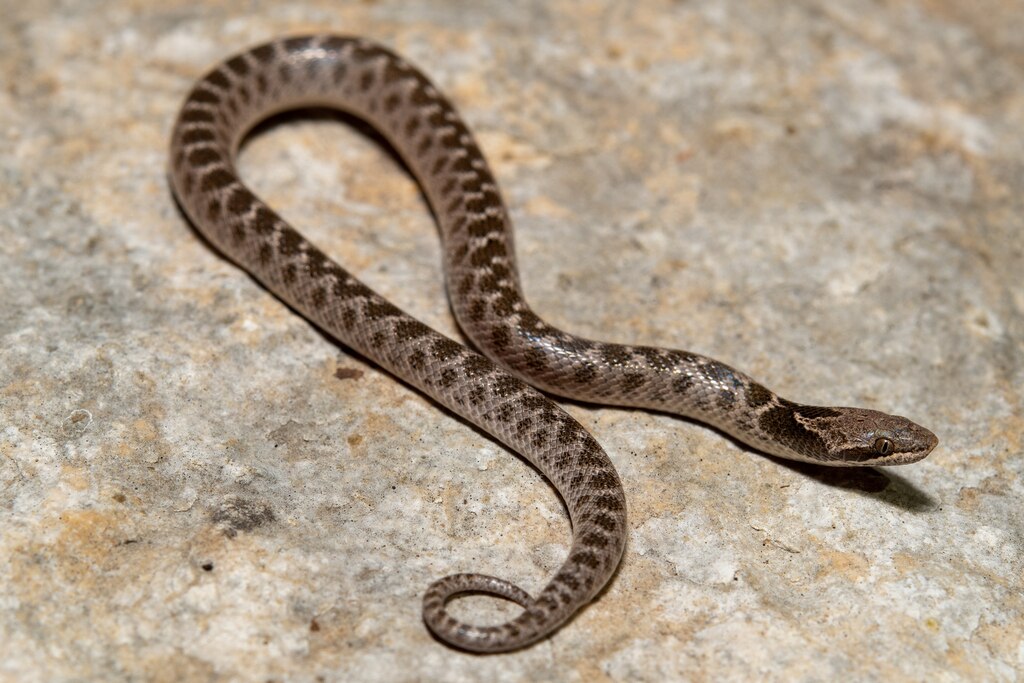
Snakes are ectothermic animals that rely on environmental temperatures to regulate their metabolic processes, including digestion. An enclosure lacking proper temperature gradients can significantly impact a snake’s metabolism and contribute to obesity. If the ambient temperature is consistently too cool, the snake’s digestive efficiency decreases, potentially causing undigested food to sit in the gut longer and potentially be stored as fat. Conversely, if temperatures are too warm across the entire enclosure without a proper cooling area, a snake may experience an artificially elevated metabolism without the corresponding activity level to burn the extra energy. The resulting metabolic confusion can disrupt the snake’s natural regulation systems and promote fat storage even when food intake appears appropriate.
Breeding Season Mismanagement

In the wild, many snake species undergo natural cycles of feeding intensity that correspond with breeding seasons and environmental conditions. During breeding seasons, males often reduce or completely stop eating as they focus on finding mates, while females may increase food intake in preparation for egg production. Many captive keepers fail to replicate these natural cycles, instead maintaining consistent year-round feeding schedules regardless of the snake’s biological rhythms. This approach can be particularly problematic for male snakes, who may continue receiving regular meals during periods when they would naturally fast. Additionally, post-breeding females who would normally return to standard feeding patterns may continue receiving the increased food portions initially provided to support egg development, leading to obesity after reproduction.
Failure to Adjust Feeding as Snakes Age
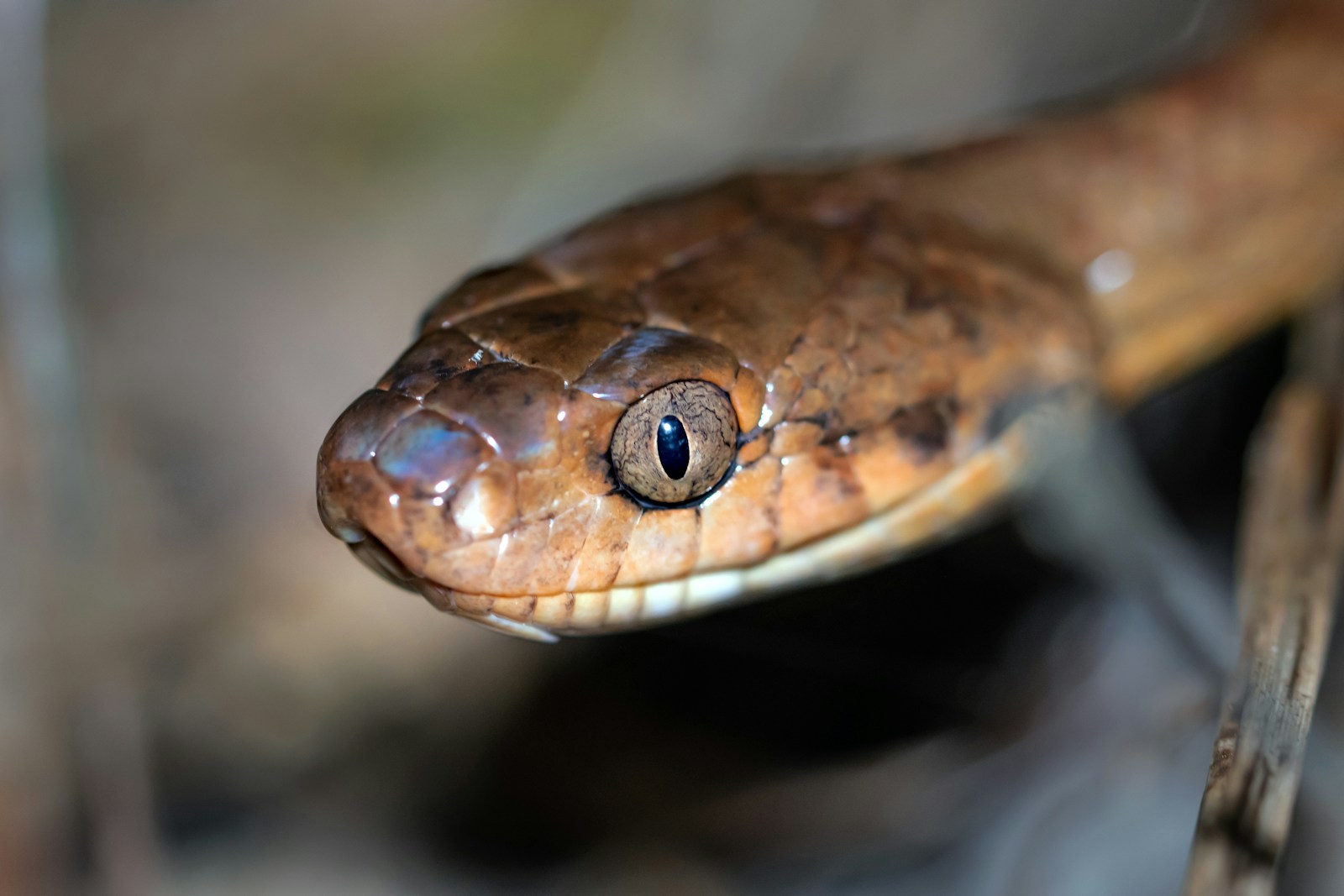
A snake’s metabolic rate and nutritional requirements change significantly throughout its lifespan, yet many owners maintain the same feeding schedule from youth through adulthood and into a snake’s senior years. Juvenile snakes experience rapid growth and require more frequent feeding—sometimes weekly or even more often for certain species. However, as growth slows and eventually stops in adulthood, these frequencies should be reduced accordingly. Senior snakes typically have even lower metabolic rates and may require feeding only every three to four weeks in some species. Failing to adjust feeding schedules to match these changing metabolic needs almost inevitably results in obesity in middle-aged and older snakes, as they continue receiving juvenile-appropriate portions despite their decreased caloric requirements.
Emotional Feeding and Anthropomorphism

The human tendency to anthropomorphize pets can have unfortunate consequences for reptile health, particularly regarding feeding practices. Many owners derive satisfaction from watching their snake eat and may interpret feeding as a bonding activity or a way to “make the snake happy.” This emotional component to feeding can lead owners to offer food more frequently than necessary, believing they’re providing care and enrichment. Unlike mammals, however, snakes don’t form social bonds through feeding and don’t experience emotional satisfaction from eating beyond the fulfillment of a biological drive. Additionally, snakes lack the biological mechanisms to feel “hunger” in the way mammals do, instead operating on complex hormonal cues that signal when to seek food, which may be weeks apart in some species.
Poor Record-Keeping Practices

Inconsistent or absent record-keeping represents a surprisingly common contributor to snake obesity that many owners overlook. Without detailed feeding logs, it becomes remarkably easy to gradually increase feeding frequency or prey size without noticing the change. This “feeding creep” often occurs so gradually that owners may believe they’re maintaining the same schedule they’ve always followed. Additionally, multiple household members may each feed the snake without communicating, resulting in accidental double-feedings or inconsistent intervals between meals. Proper husbandry records noting exact feeding dates, prey types, prey weights, and the snake’s response help prevent these issues and allow owners to identify problematic patterns before obesity develops.
Misinterpreting Body Condition
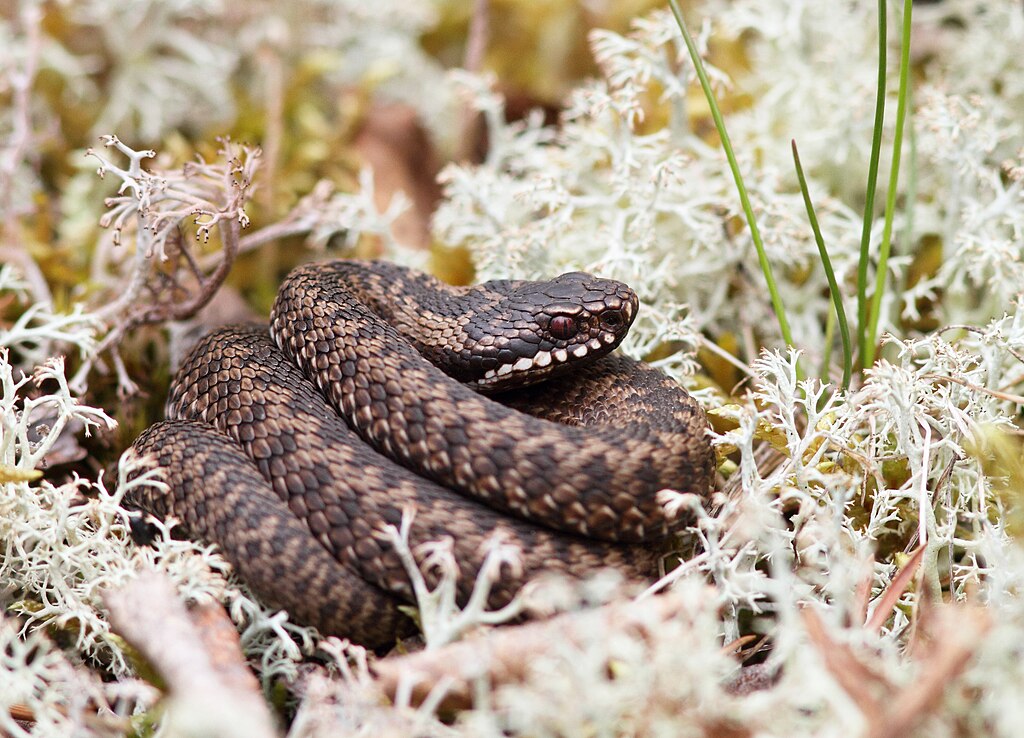
Many snake owners, especially beginners, struggle to accurately assess their pet’s body condition, often mistaking an overweight snake for a healthy one. Unlike mammals whose fat accumulates in visible, discrete locations, snakes distribute fat throughout their bodies, making obesity less immediately obvious. A properly conditioned snake should have a somewhat triangular body shape in cross-section, with a rounded top and slightly flattened bottom, and the spine should be just barely palpable beneath the muscle. Obese snakes, by contrast, appear round in cross-section, with fat rolls visible when coiled and no discernible spine when gently palpated. This misunderstanding of healthy body condition leads some owners to deliberately maintain their snakes in an overweight state, believing the rotund appearance indicates good health rather than recognizing it as the beginning stages of obesity.
Species-Inappropriate Feeding Protocols
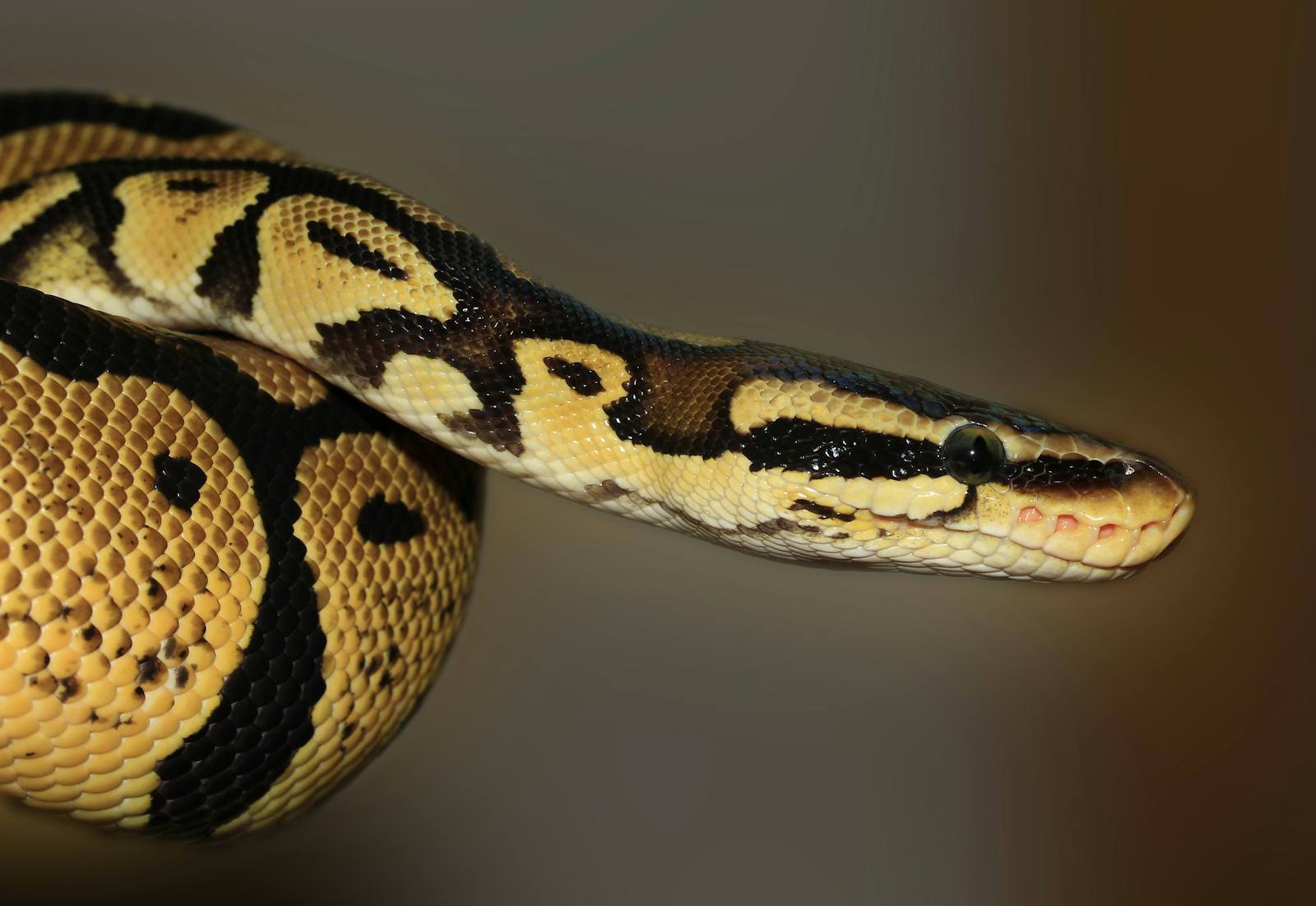
Not all snake species have identical nutritional needs or natural feeding patterns, yet many owners apply generic feeding protocols across different species with vastly different metabolic rates and dietary requirements. For instance, active colubrids like corn snakes and king snakes typically require more frequent feeding than similarly-sized boas or pythons, which have slower metabolisms. Conversely, large constrictors require less frequent feeding than many owners realize, with adult Burmese pythons potentially needing only 12-18 meals per year. Arboreal species often consume smaller prey more frequently than terrestrial species of similar size, while specialized feeders like egg-eating snakes have completely different nutritional considerations. Failing to research and implement species-specific feeding protocols almost inevitably results in inappropriate caloric intake and potential obesity in at least some species.
Health and Mobility Complications of Obese Snakes
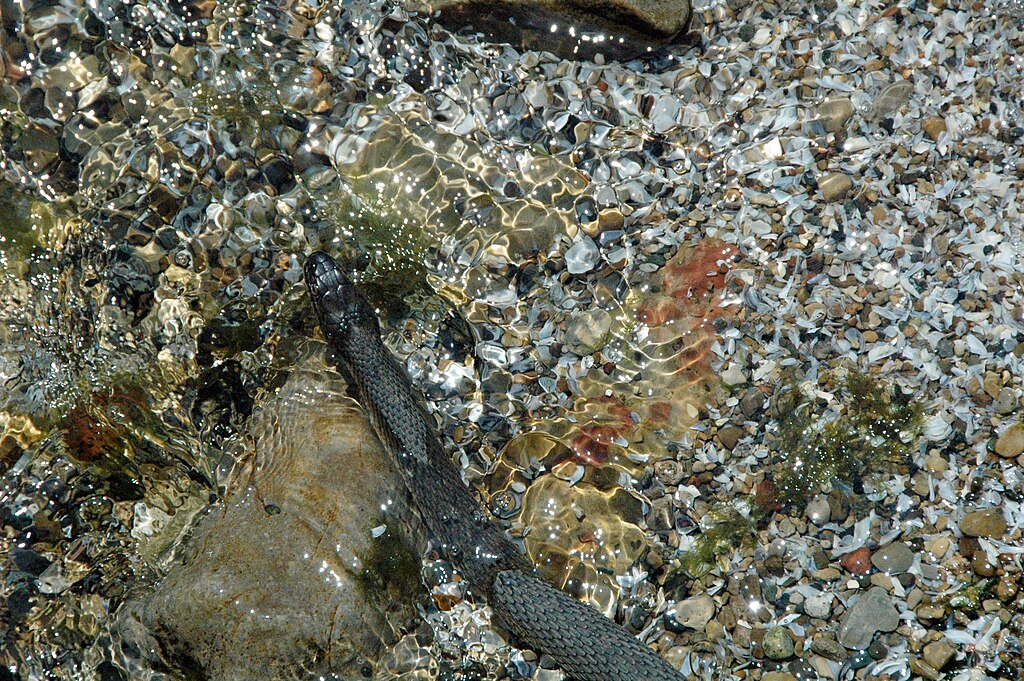
The consequences of obesity in snakes extend far beyond mere aesthetic concerns, potentially causing serious health issues and reducing lifespan. Severely overweight snakes commonly develop fatty liver disease, which can progress to hepatic lipidosis—a potentially fatal condition where fat accumulates in liver cells and impairs function. Cardiovascular strain increases as the heart works harder to circulate blood through excess tissue, while respiratory efficiency decreases as fat deposits compress and restrict lung expansion. Reproductive problems emerge in breeding animals, with obese females often producing fewer, lower-quality eggs or experiencing dystocia (egg-binding) during laying attempts. Perhaps most immediately noticeable to owners, obese snakes display reduced mobility and activity levels, struggling to climb, properly thermoregulate, or perform natural behaviors that contribute to their psychological well-being.
Implementing a Healthy Weight Management Plan

Addressing obesity in captive snakes requires a methodical, patient approach focused on gradually restoring proper body condition rather than implementing drastic measures. Unlike mammals, snakes have extremely slow metabolisms and cannot safely undergo rapid weight loss; instead, feeding intervals should be gradually extended while maintaining appropriate prey size. Environmental enrichment should be increased simultaneously, providing more climbing opportunities, varied terrain, and occasional supervised exploration outside the enclosure to encourage exercise. Temperature gradients should be optimized to ensure proper metabolic function, with careful attention to providing both appropriate basking spots and cooler retreat areas. Most importantly, weight loss in snakes should proceed extremely gradually—over months or even years for severely obese specimens—with regular weight checks and body condition assessments to monitor progress without risking nutritional deficiencies or muscle wasting.
In conclusion, snake obesity in captivity stems primarily from well-intentioned but misguided care practices that fail to account for these reptiles’ unique metabolic needs and natural feeding patterns. By understanding the common causes of obesity—from overfeeding and inadequate housing to emotional feeding and poor record-keeping—snake owners can implement more biologically appropriate husbandry protocols. Preventing obesity is invariably easier than treating it, making education about proper feeding frequencies, prey sizing, and environmental needs essential for new snake keepers. With thoughtful attention to these factors, captive snakes can maintain healthy body conditions and enjoy longer, more active lives that better reflect their wild counterparts’ natural behaviors and physical capabilities.

